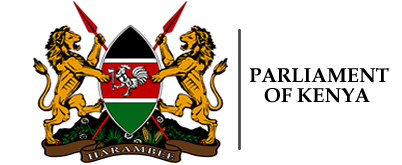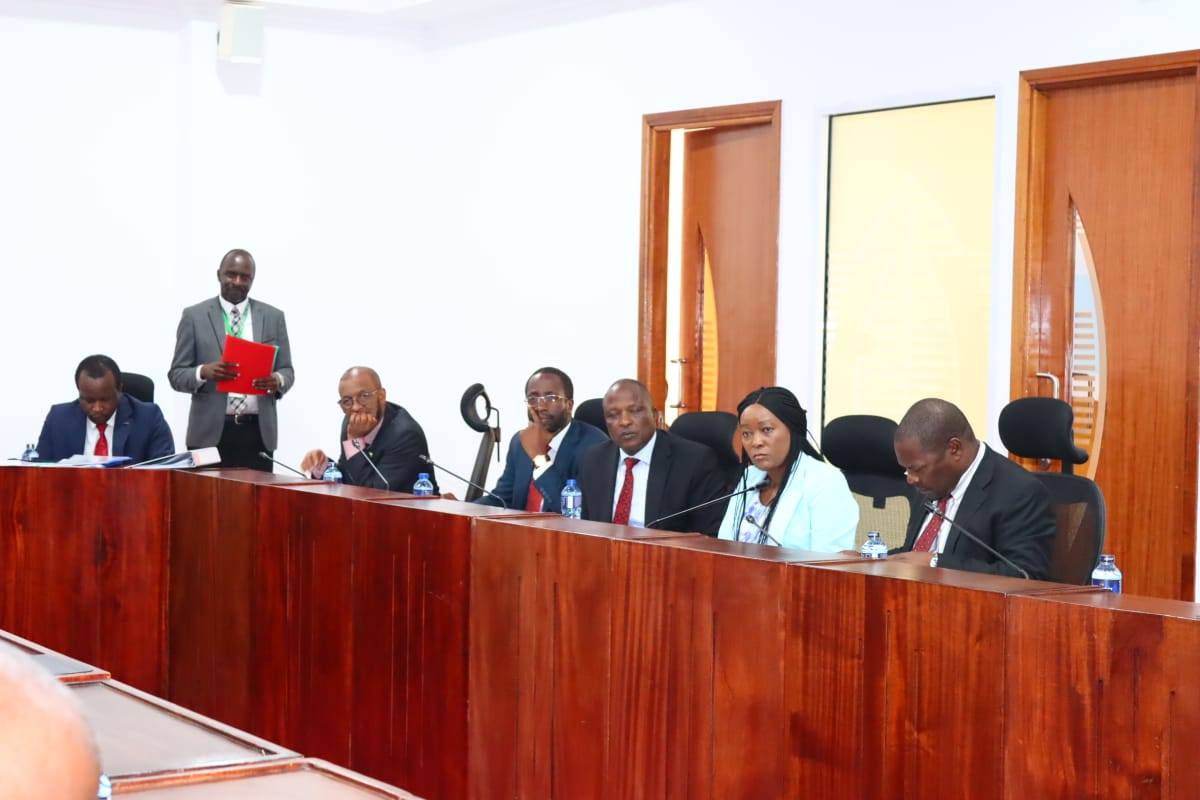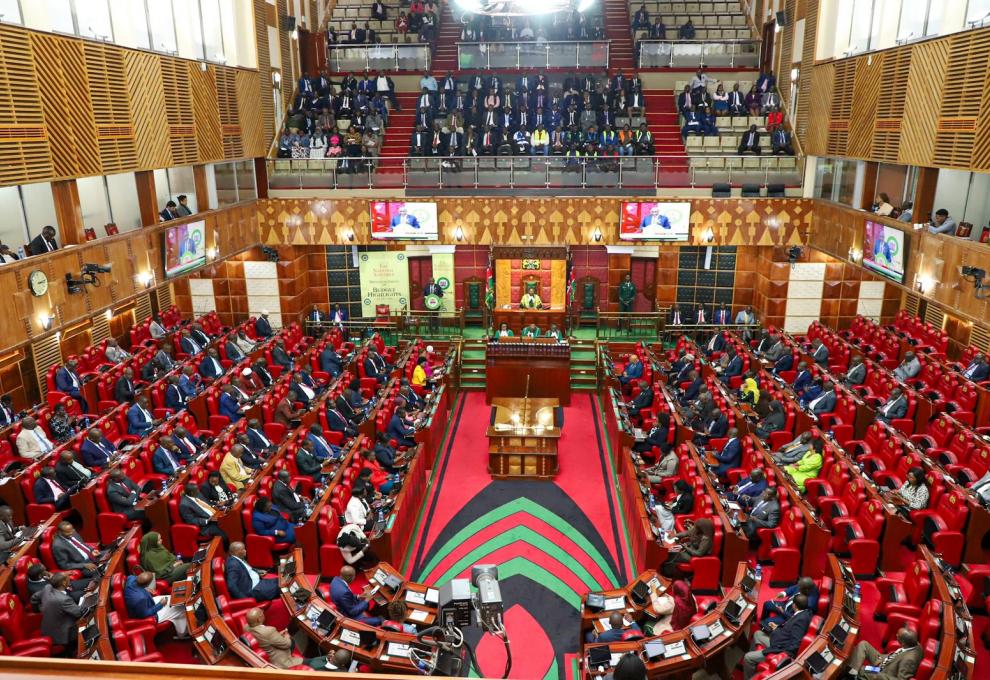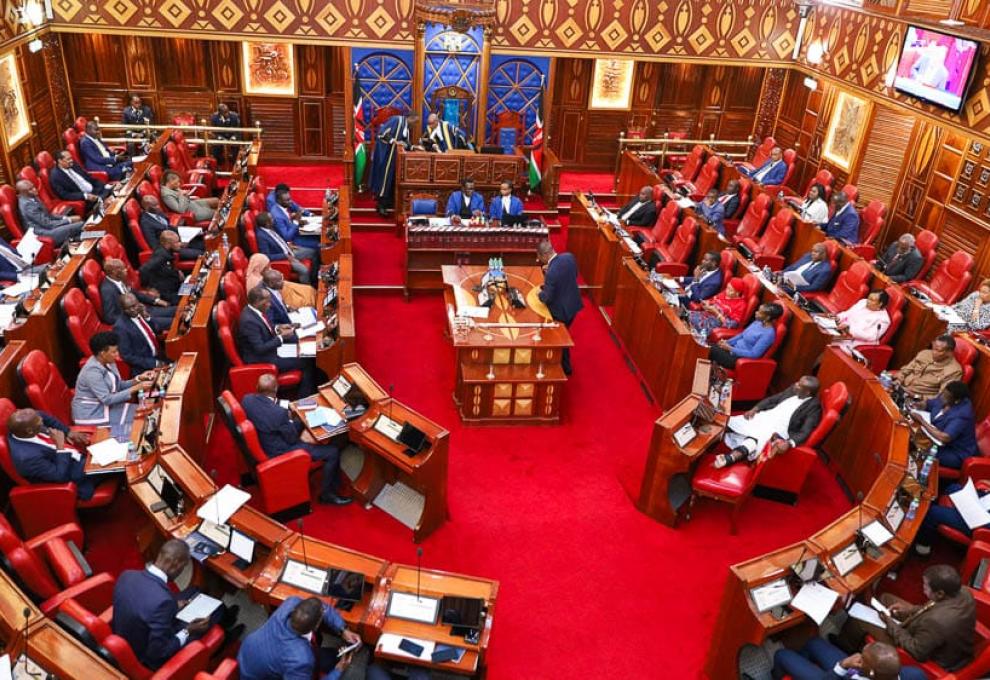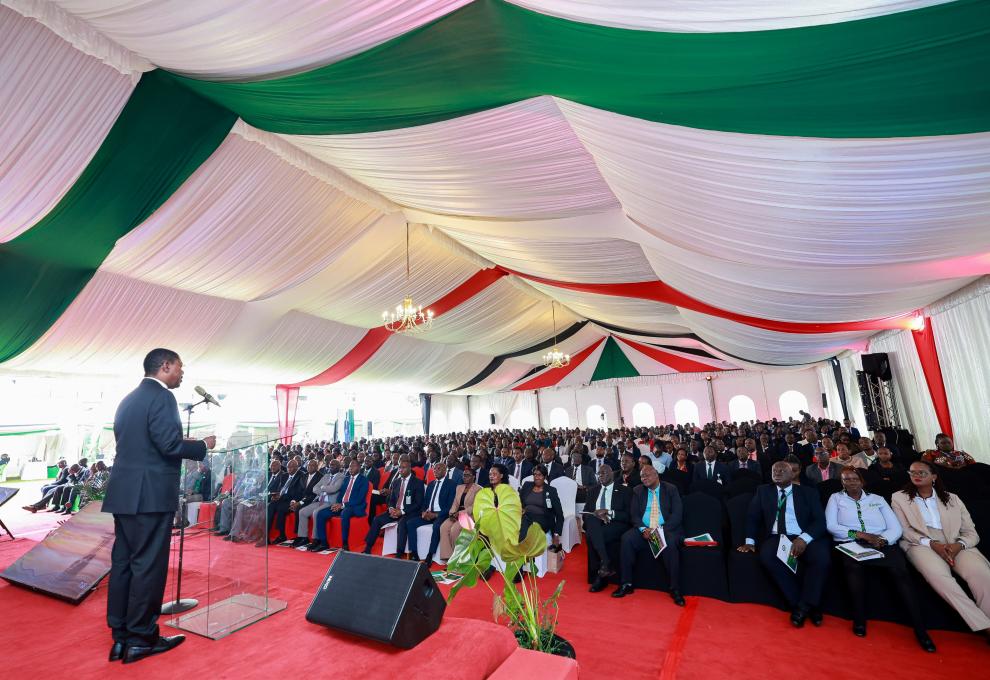𝐌𝐏𝐒 𝐐𝐔𝐄𝐒𝐓𝐈𝐎𝐍 𝐄𝐃𝐔𝐂𝐀𝐓𝐈𝐎𝐍 𝐂𝐒 𝐎𝐍 𝐒𝐓𝐀𝐓𝐔𝐒 𝐎𝐅 𝐃𝐈𝐒𝐁𝐔𝐑𝐒𝐄𝐌𝐄𝐍𝐓 𝐎𝐅 𝐂𝐀𝐏𝐈𝐓𝐀𝐓𝐈𝐎𝐍 𝐅𝐔𝐍𝐃𝐒 𝐓𝐎 𝐒𝐂𝐇𝐎𝐎𝐋𝐒
Members of the National Assembly have raised the alarm over delays in the disbursement of capitation funds to schools, warning that the financial strain could undermine the provision of free and compulsory education in the country.
Appearing before the Committee on Education, Cabinet Secretary for Education, Hon. Julius Migos, faced questions from legislators seeking clarity on the Ministry’s plans to ensure timely and adequate funding for public schools.
The meeting followed a request for a statement by Hon. Robert Mbui, who expressed concern over the underfunding of schools. He noted that in Term One of 2025, schools had only received Ksh. 14 billion out of an expected Ksh. 28 billion, resulting in acute cash flow challenges and accumulation of pending bills. According to Mbui, the capitation shortfall had ballooned to Ksh. 64 billion over the past five years.
"How free is education in Kenya if schools are forced to run on half their budgets?" asked Hon. Rebecca Tonkei. "The government must address how schools are expected to operate amid such financial uncertainty."
In his response, CS Migos acknowledged the funding gap, noting that while the Ministry had disbursed Ksh. 28.8 billion to secondary schools in two tranches—January and March 2025—this was still Ksh. 7.5 billion short of the required Ksh. 36.3 billion for the term.
"We disbursed 50% of the budgeted amount in two tranches, but the printed estimates had a deficit. That’s a reflection of the fiscal pressure we are under," said CS Migos.
“Free education must be meaningful. Our population is increasing at almost 5% annually. We must find workable and sustainable solutions to fund the sector,” noted Committee Chair, Hon. Julius Melly
He explained that while budgeting is based on enrollment data from the National Education Management Information System (NEMIS), actual disbursement had shifted to the Kenya Education Management Information System (KEMIS) to address data inconsistencies. “We had to move to KEMIS because of the persistent challenges in NEMIS,” he said.
However, MPs expressed dissatisfaction with the explanation, with Hon. Clive Gesairo questioning how the Ministry could be unaware of pending bills affecting secondary schools. “This shows a serious gap in planning. The Ministry must know the exact debt it owes schools,” he said.
The Committee also heard that in 2025, each primary school learner was entitled to Ksh. 1,420, junior secondary school learners Ksh. 15,043, and secondary school learners Ksh. 22,244. However, the Ministry admitted that not all funds reach schools due to deductions—Ksh. 75 per primary pupil, for instance, is sent to the Kenya Institute of Curriculum Development for textbooks, while Ksh. 20 supports co-curricular activities.
On examination funding, the CS clarified that national exams are not covered under capitation but are instead funded separately through allocations to the Kenya National Examinations Council (KNEC). Internal examinations, however, are allocated Ksh. 36 per primary school learner, Ksh. 647 for junior school, and 11% of tuition allocation for secondary schools.
To enhance timeliness, CS Migos said the Ministry now disburses capitation based on school terms—50% in Term 1, 30% in Term 2, and 20% in Term 3. He cited delays in exchequer releases and erroneous data uploads by schools as key contributors to disbursement bottlenecks.
The CS urged MPs to push for adequate budgetary allocations in the upcoming financial year. “We appeal to this Committee to support the Ministry in securing funds at the approved rates to ensure that no school is left behind,” he said.

